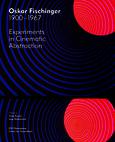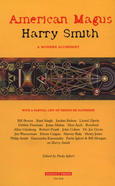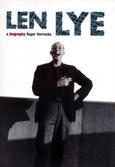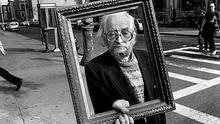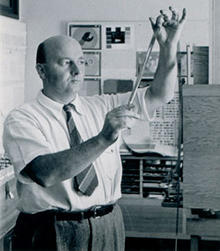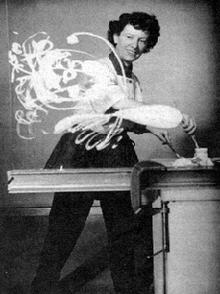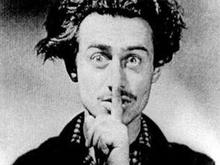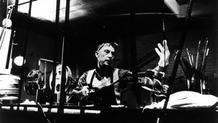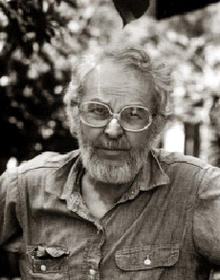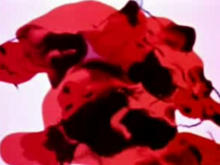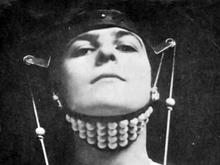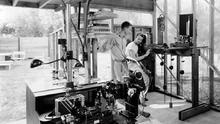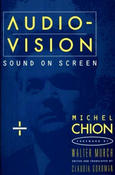Visual Music
(2005)– Synaesthesia in Art and Music Since 1900 by Kerry Brougher and Jeremy Strick (Editors). The influence of music on the development of abstract and mixed-media visual art forms from the early twentieth century to the present day.
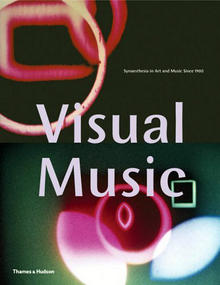
This ground-breaking new book and the exhibition it accompanied trace the history of a revolutionary idea: that fine art should attain the abstract purity of music. Over the past one hundred years some of the most adventurous modern and contemporary artists have explored unorthodox means to invent a kinetic, non-representational art modeled upon pure instrumental music.
Music has inspired some of the most progressive art of our time—from the abstract painting of Wassily Kandinsky and Frantisek Kupka to the mid-century experimental films of Oskar Fischinger and Harry Smith to contemporary installations by Jennifer Steinkamp and Jim Hodges. While early abstract paintings tended to approach music metonymically, the color organs, films, light shows, and installations from the mid-twentieth century to the present day engage a range of perceptual faculties simultaneously to create a plethora of sensations in the viewer.
The most complete examination of this phenomenon to date, Visual Music features ninety major works of art plus related documentation, focusing on abstract and mixed-media art and the connections to musical forms as varied as classical, jazz, and electronic. The book includes three scholarly essays, each discussing a distinct art historical period in depth, and an additional essay by Olivia Mattis that approaches the subject from a musicologist's perspective, as well as a chronology, artist biographies, and a selected bibliography. 250 illustrations, 200 in color.
With contributions by: Kerry Brougher, Hirshhorn; Jeremy Strick, MOCA; Ari Wiseman, MOCA; Judith Zilczer, Hirshhorn.
Source: Amazon
ISBN-10: 0500512175
ISBN-13: 978-0500512173
